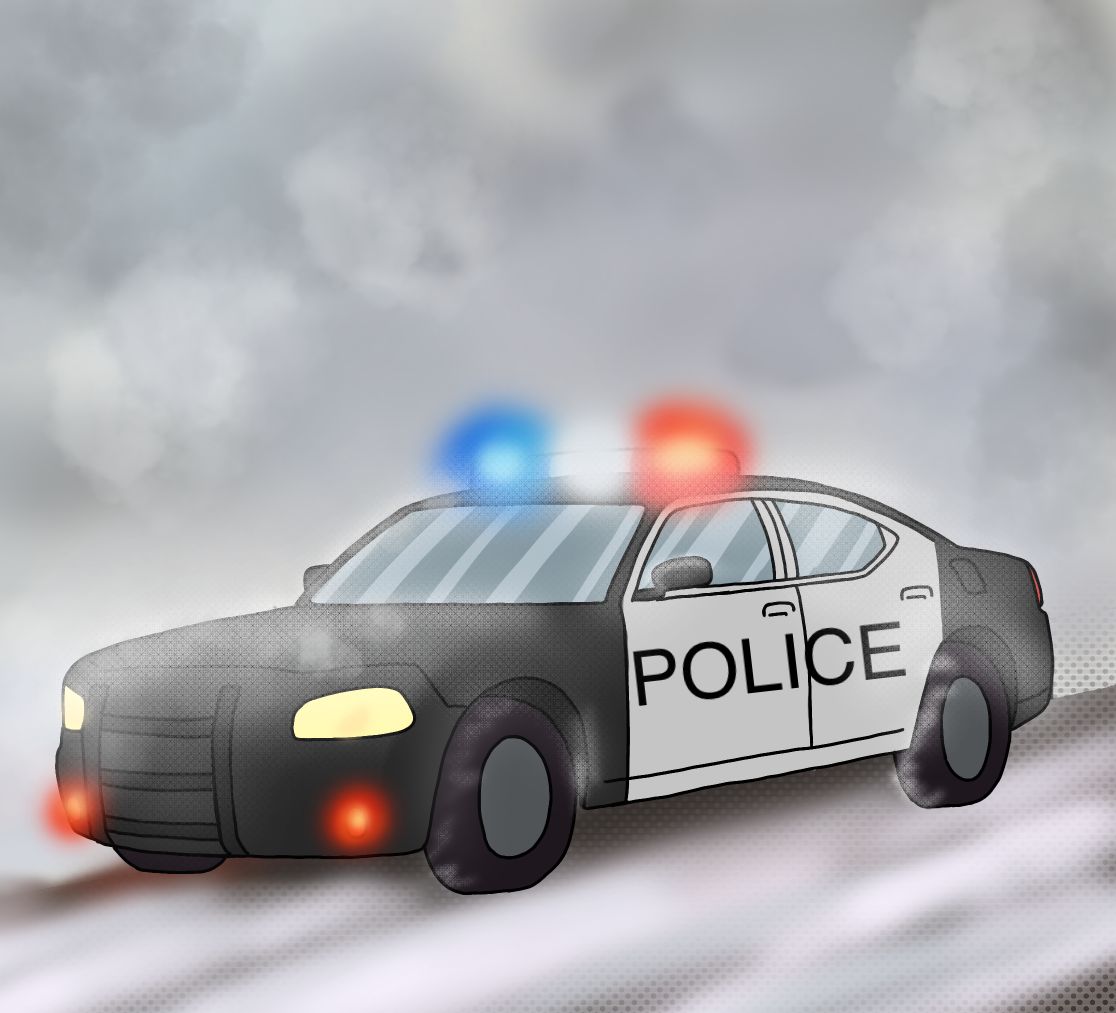The duration between Thanksgiving and New Year’s is known as the “Holiday Blues” for some.
Instead of people being merry and singing carols with their loved ones, they may feel sad.
The National Alliance on Mental Illness (NAMI) reported that 24 percent of people with predetermined mental illnesses feel worse around the holidays.
Some people trace back their feelings to “seasonal depression,” which is medically known as seasonal affective disorder (SAD). This is a disorder that comes and goes with the changing seasaons; however, its symptoms are strongest in the winter.
The symptoms of SAD, as listed on Nhs.uk, include: irritability, feeling down, lack of energy, sleeping for abnormally long amounts of time, etc.
When people feel alone and isolated, not knowing how to communicate those feelings may subconsciously lead to passive/aggressive behaviors. This aggression, unfortunately, can sometimes lead to crime.
Grace Gao, ’27, thinks Christmas and New Year’s stress originates because “prices rise and people don’t have enough money to buy presents for their loved ones and they end up stealing.”
Wentz Law reports that crimes such as drunk driving, burglary, theft, shoplifting, and even domestic violence increase around holiday time.
Ringing in a new year with celebratory toasts is not uncommon. The problem with holiday drinking is excessiveness, or even worse driving under the influence.
- On Insuran Cecanopy, they revealed a survey they conducted about holiday drinking among 1,000 Americans. Approximately, 91 percent admitted they drank more or around the same amount they normally do, and only nine percent drank less than usual.
- According to the Wellsboro Gazette from Dec. 24 to 26, 2024, the Pennsylvania State Police reported 495 crashes and arrested 138 individuals for drunk driving.
- In America, the leading cause of death on the roads is drunk driving. Madd reports someone on the road is either hurt or killed because of impaired driving every 78 seconds. The crime has seen a 33 percent increase since 2019.
The holiday craze may have ended for some, but other cultures celebrate well into January, and of course, winter is still raging.
The Eastern Orthodox, for example, celebrate Christmas on Jan. 7 and celebrate “Old” New Year’s on Jan. 14, following the Julian and Gregorian calendars. The Chinese New Year, which is based on the Lunar calendar, happens to fall on January 29 this year.
Families may even celebrate all versions of Christmas and New Year’s which makes drinking, and especially drunk driving, an even bigger issue.
Butch Perry, a Health and Physical Education teacher at Stroudsburg High School, had Kelly Gerencher from the Highway Safety Network come to perform DUI/distracted driving simulations with students to show how bad behaviors can impact someone’s ability to drive a vehicle safely.
He said, “I do not put automobile companies at fault for people choosing to drink alcohol and then driving. The fact that companies are investing in technology to help make driving safer shows that they are doing their part to make traveling safer for everyone.”
New York City faced the aggressive issue of the murder of United Healthcare CEO Brian Thompson which was called an “act of terrorism” by the Morning Call.
While people celebrating the 2025 New Year nationwide, one man intentionally drove his truck into a crowd killing 14 people and injuring 35 in a violent attack on Bourbon Street, New Orleans.
CBSNews reported the driver died in a shootout with the police and was seen flying an Islamic State of Iraq and Syria (ISIS) flag which prompted the Federal Bureau of Investigation (FBI) to call it another “act of terrorism.”
Fortunately, Jeff Asher, co-founder of AH Datalytics and creator of the Real-Time Crime Index, says the crime rate in America decreased by 16 percent in 2024; the largest decrease the U.S. has ever seen.
In an interview with PBS News, he informed the American population that the second-largest decrease in crime was in 1996, which was a mere nine percent – nothing compared to last year’s.
He believes this decrease is the result of many things, but a big contributing factor is that COVID-19 and all its craziness has passed and with everything returning to normal, the crime rates have also returned to pre-pandemic numbers.
Jacob Pachter, ’27, recollected, “I think COVID-19 probably increased crime rates in some areas, like theft. I remember a lot of break-ins and riots during the time.”
Everyone experienced COVID-19 differently.
Some people took the opportunity to stay home and spend quality time with family. The rest of the population either caught COVID-19 or feared the whole situation.
Nhyle Barron, ’27, shared, “The isolation from everyone made me feel annoyed, with constant fear of the virus possibly hurting me or the people I love.”
After the constant confusion people experienced with the pandemic, it took a couple of years, but the shock wave of crime is wearing off.
The city of Philadelphia saw a whopping 36 percent decrease in homicides from 2023 and the smallest amount of lost lives in 10 years.
Cbsnews.com also reported police have stated shootings went down by 35 percent, robberies fell by 37 percent and even stolen autos saw a decrease of 33 percent.
More than half of the U.S. population does not believe that crime rates are going down because they hear about crime every day, but the truth is; that the country has never seen better crime statistics.
Can we continue this downtrend in crime?




